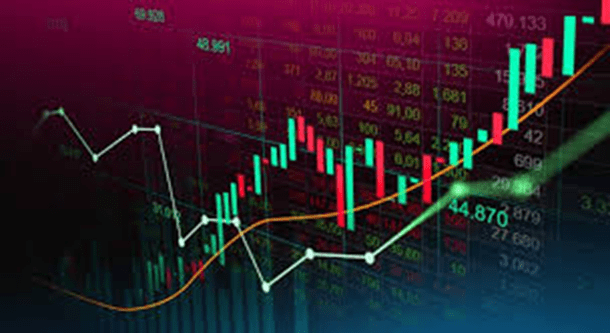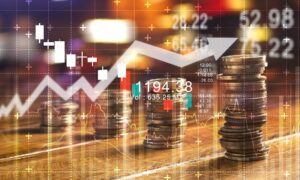Forex trading is the act of buying and selling currencies on a global scale, aiming to profit from fluctuations in exchange rates between different countries. The foreign exchange market is the most liquid financial market in the world, with a daily trading volume exceeding 7 trillion USD. Unlike stock exchanges that operate in fixed locations, forex trading takes place electronically over-the-counter (OTC), connecting banks, institutions, and individual traders across different time zones. Its openness, accessibility, and flexibility have attracted millions of investors worldwide.
The essence of forex trading lies in the price dynamics between currency pairs. A trader does not simply buy or sell one currency; instead, they buy one currency while simultaneously selling another. For example, when a trader buys the EUR/USD pair, they are buying euros and selling US dollars. Each movement in the exchange rate represents the relative strength of one economy compared to another. Factors such as inflation, interest rate differentials, GDP growth, and even geopolitical events can all influence these fluctuations. In this sense, forex trading is not merely a financial activity—it is a reflection of global economic balance and investor sentiment.
However, the high volatility of the forex market also means high risk. Prices can change dramatically within seconds, especially during economic data releases or central bank announcements. A sudden shift in market sentiment can easily turn profitable positions into losses. Many beginners are drawn by the appeal of high leverage, forgetting that leverage amplifies not only profits but also losses. For instance, with 1:100 leverage, a 1% unfavorable move can completely wipe out one’s account. Therefore, discipline, patience, and rationality are the most valuable traits of a successful trader.
Effective risk management is a vital part of forex trading. Traders should always set reasonable stop-loss and take-profit levels to prevent emotional decision-making. It is also crucial to limit the risk per trade to no more than 2% of the account balance, ensuring that a series of losses does not result in total capital depletion. Furthermore, diversifying trading strategies and currency pairs helps reduce concentrated exposure. Wise traders also review their performance regularly, identifying mistakes and adjusting their strategies to improve consistency over time.
On the psychological side, forex trading tests more than technical skills—it tests emotional control and self-discipline. Market uncertainty can trigger fear, greed, and overconfidence, which often lead to irrational decisions. Successful traders remain calm under pressure and rational in the face of losses. They view trading as a long-term process rather than a quick path to wealth. Instead of chasing every market move, they wait for high-probability setups that align with their strategy. In the end, mastering one’s emotions is as important as mastering chart analysis.
In summary, forex trading represents both opportunity and challenge. It offers the potential for significant returns, yet it also demands knowledge, strategy, and psychological strength. Only by deeply understanding market mechanisms, developing a solid trading plan, and implementing strict risk management can traders achieve sustainable success in this highly volatile environment. The journey of a trader is not about predicting the market perfectly, but about learning to adapt, manage risk wisely, and make consistent, disciplined decisions that stand the test of time.

































